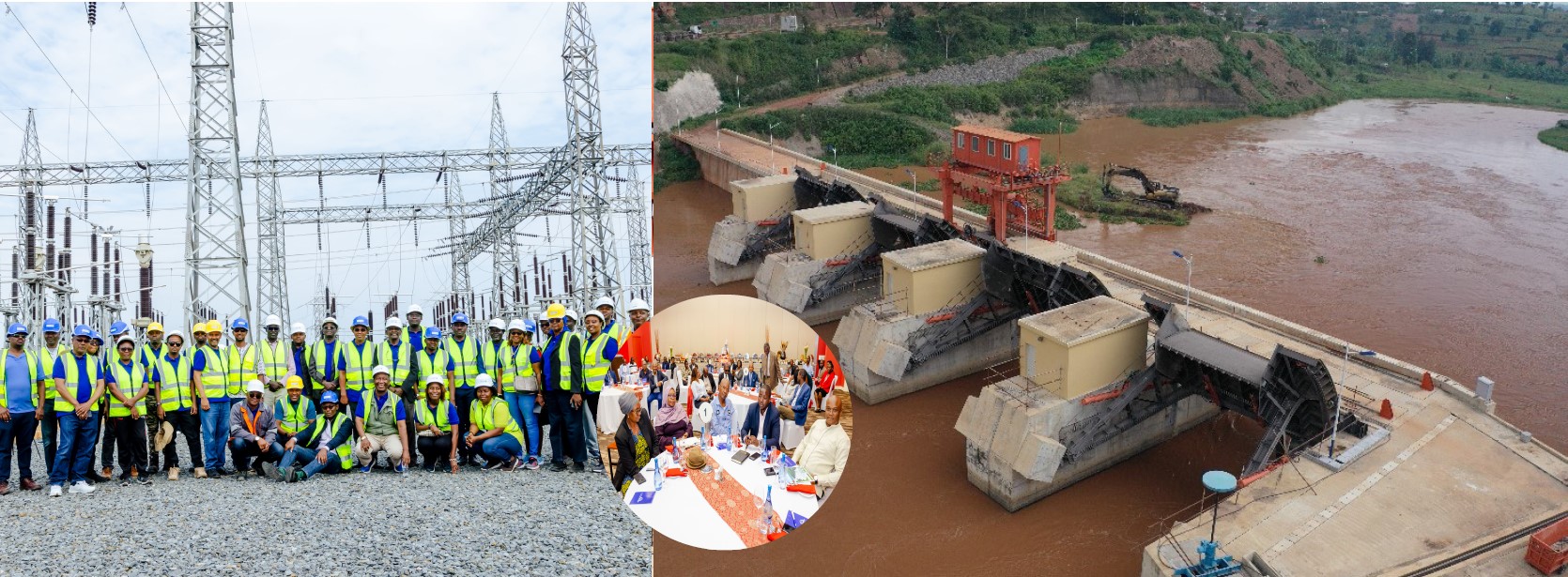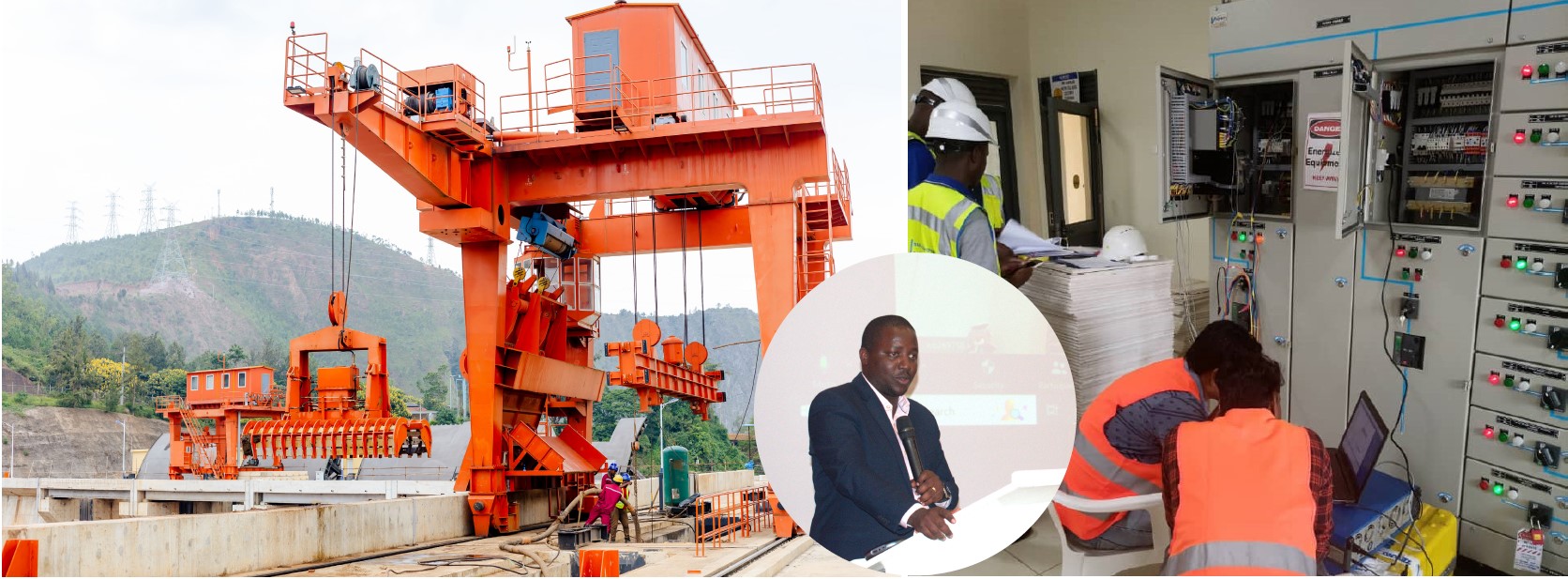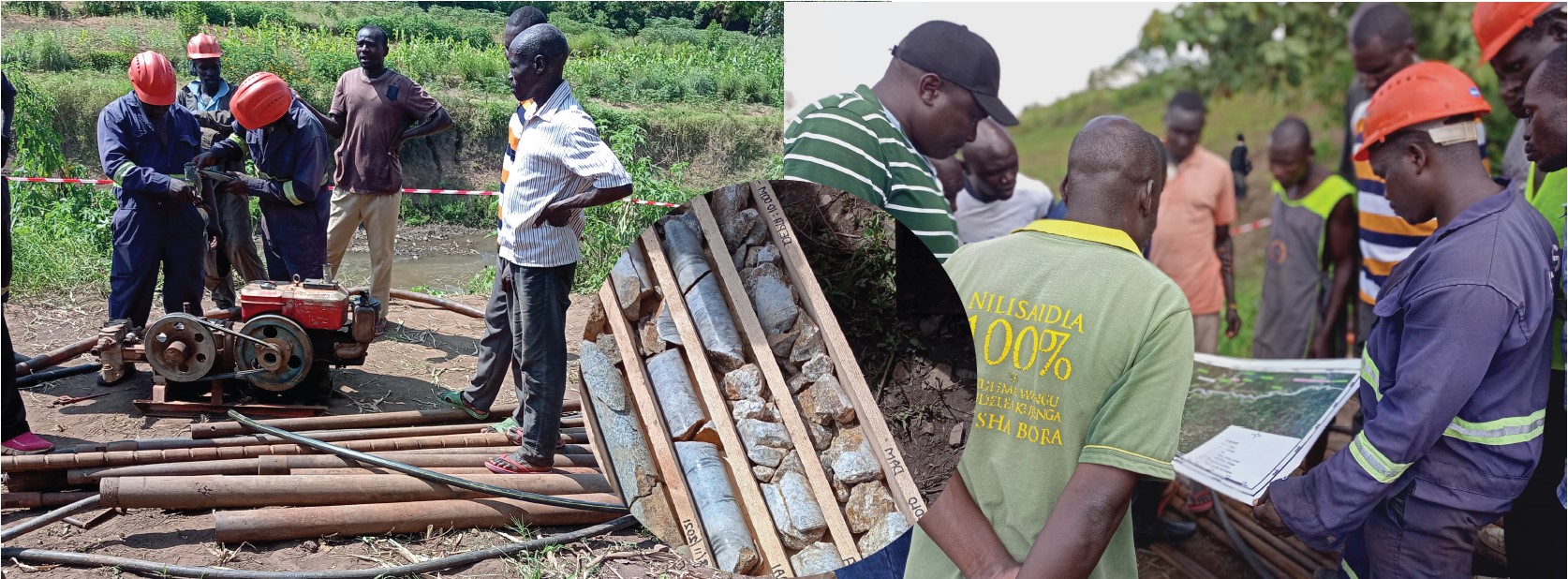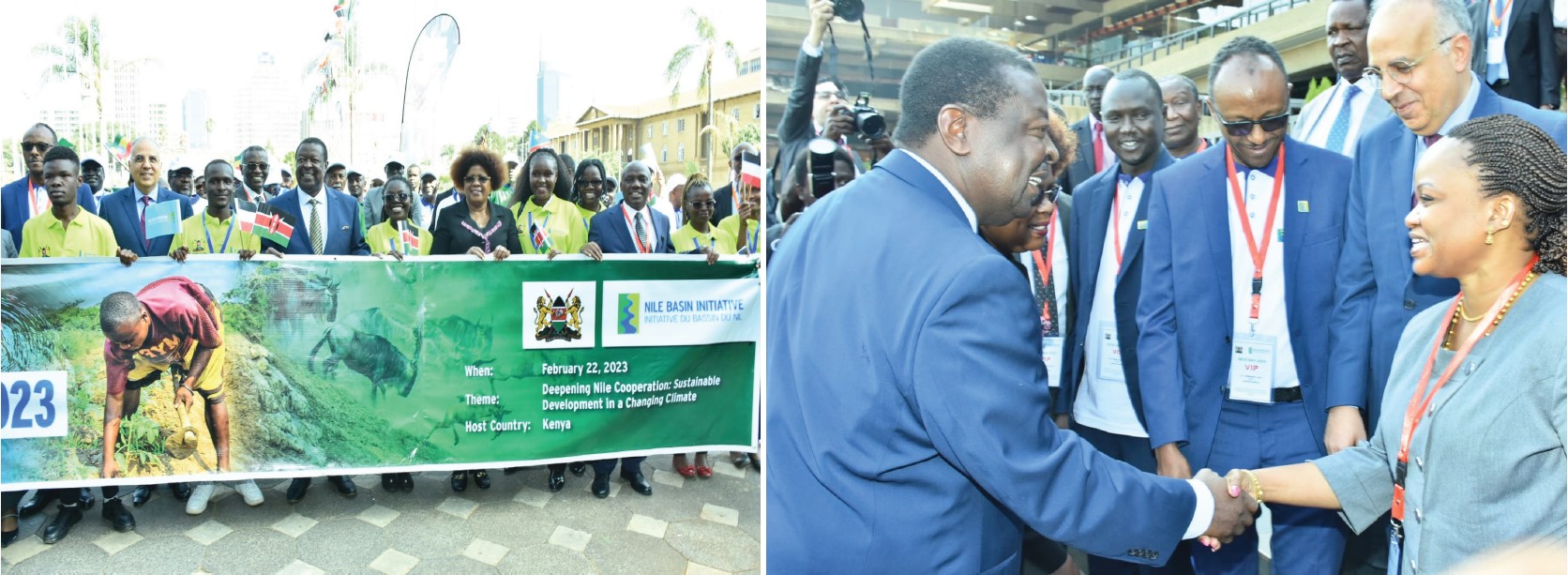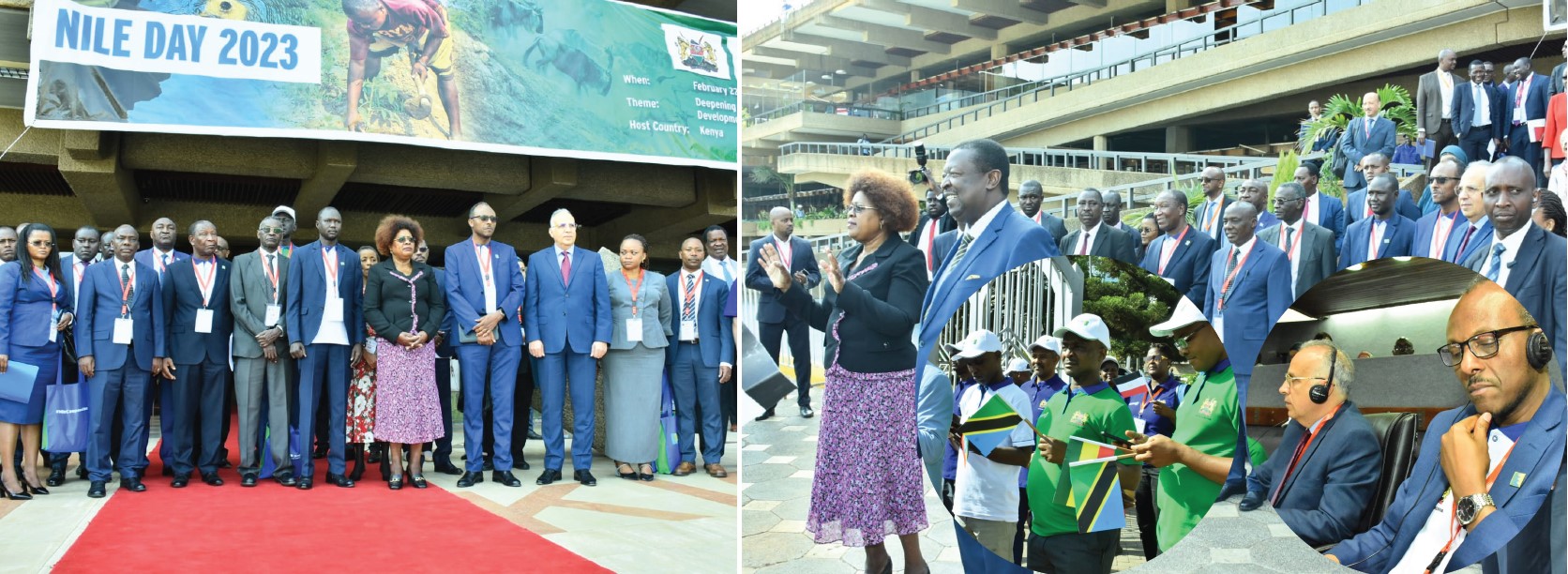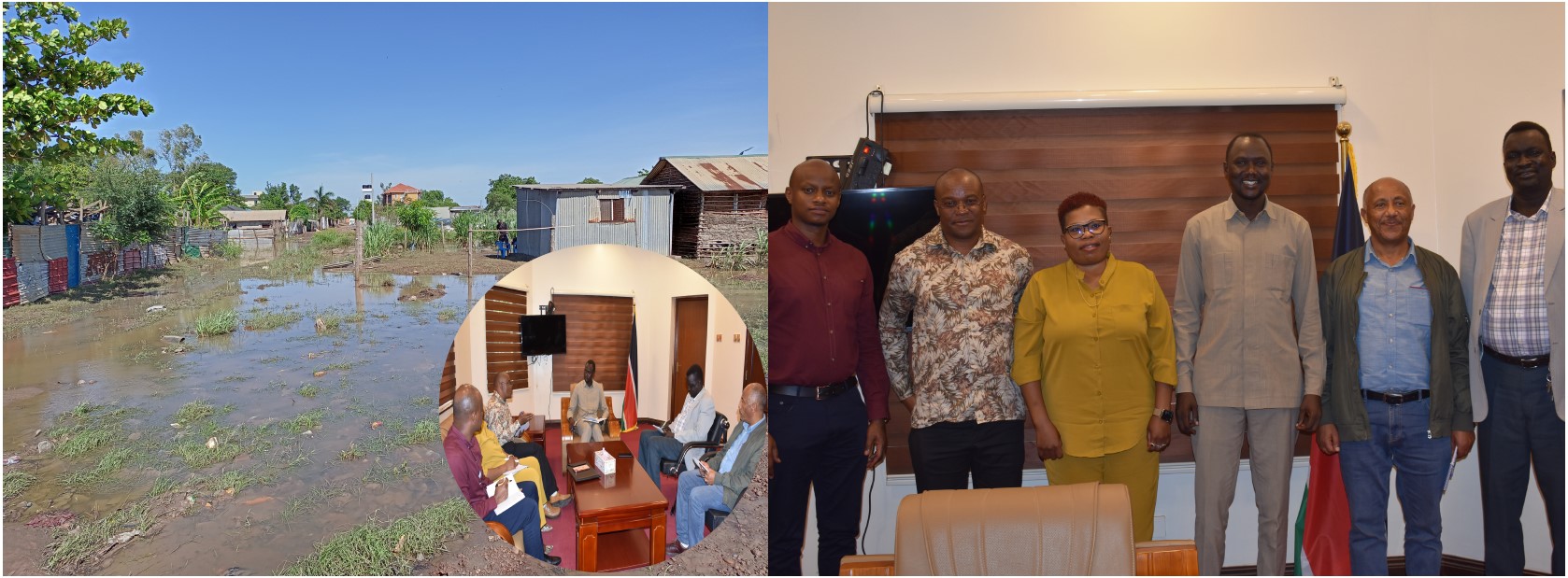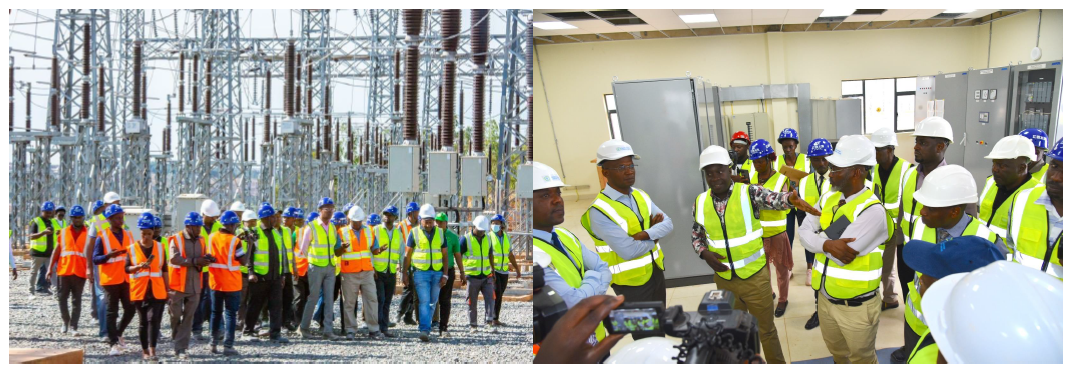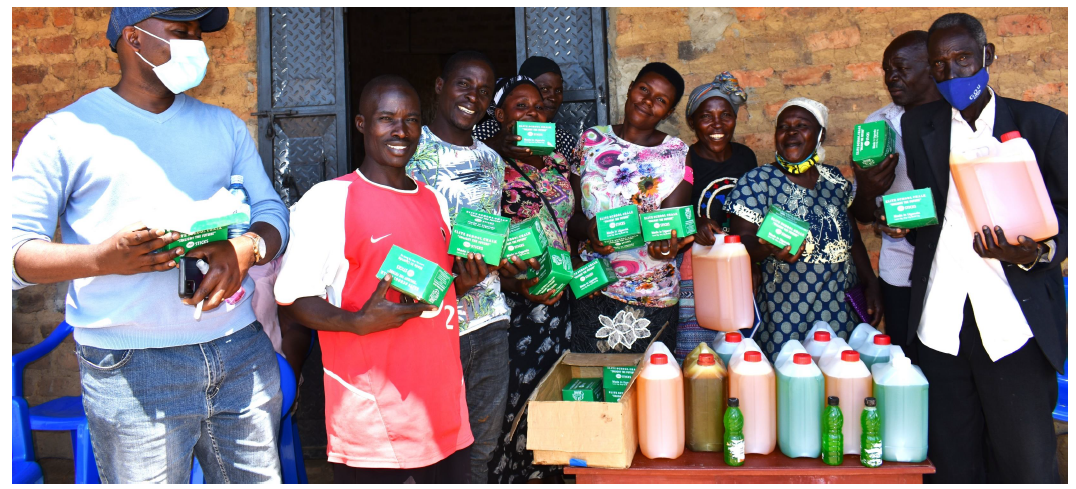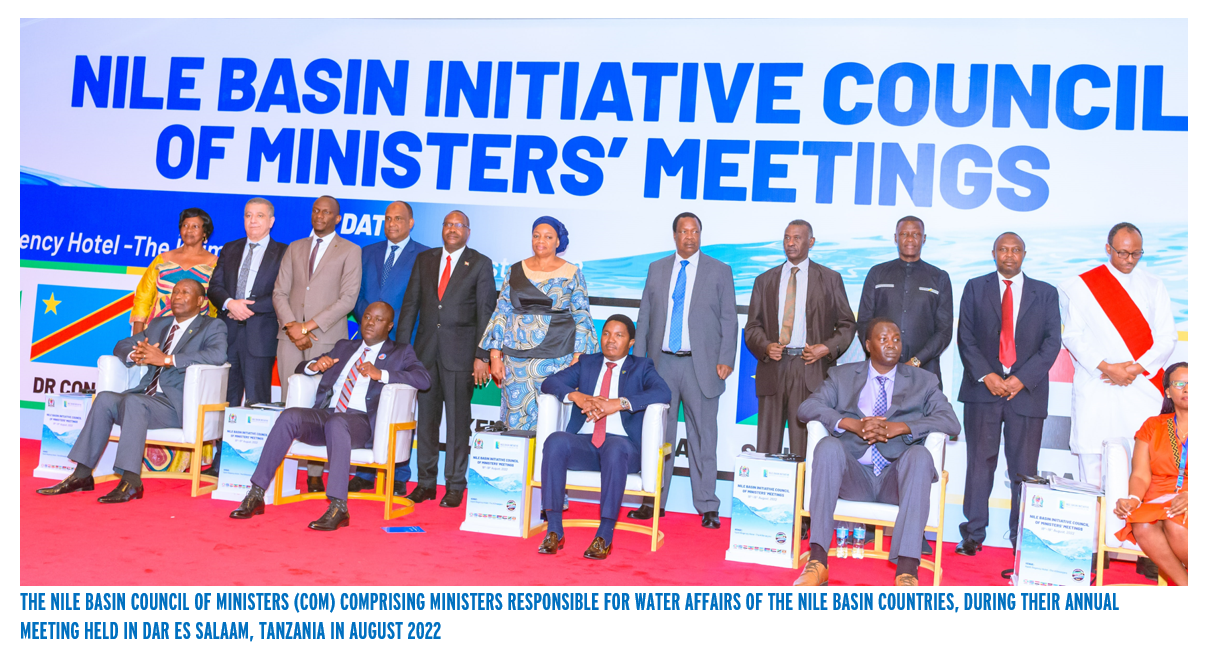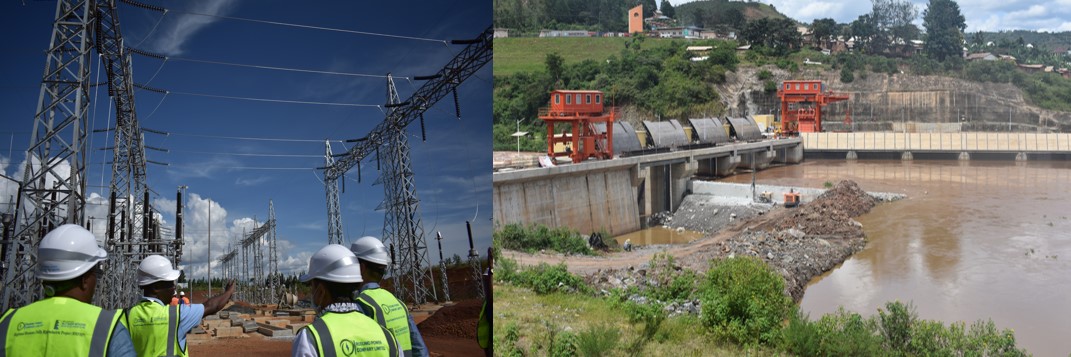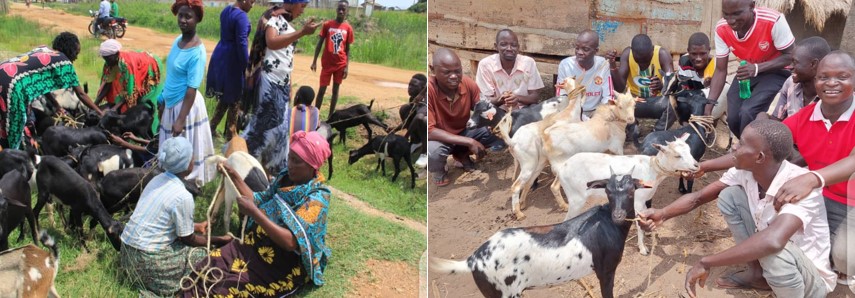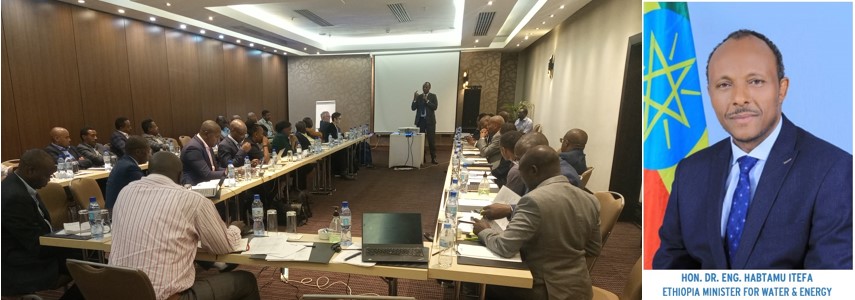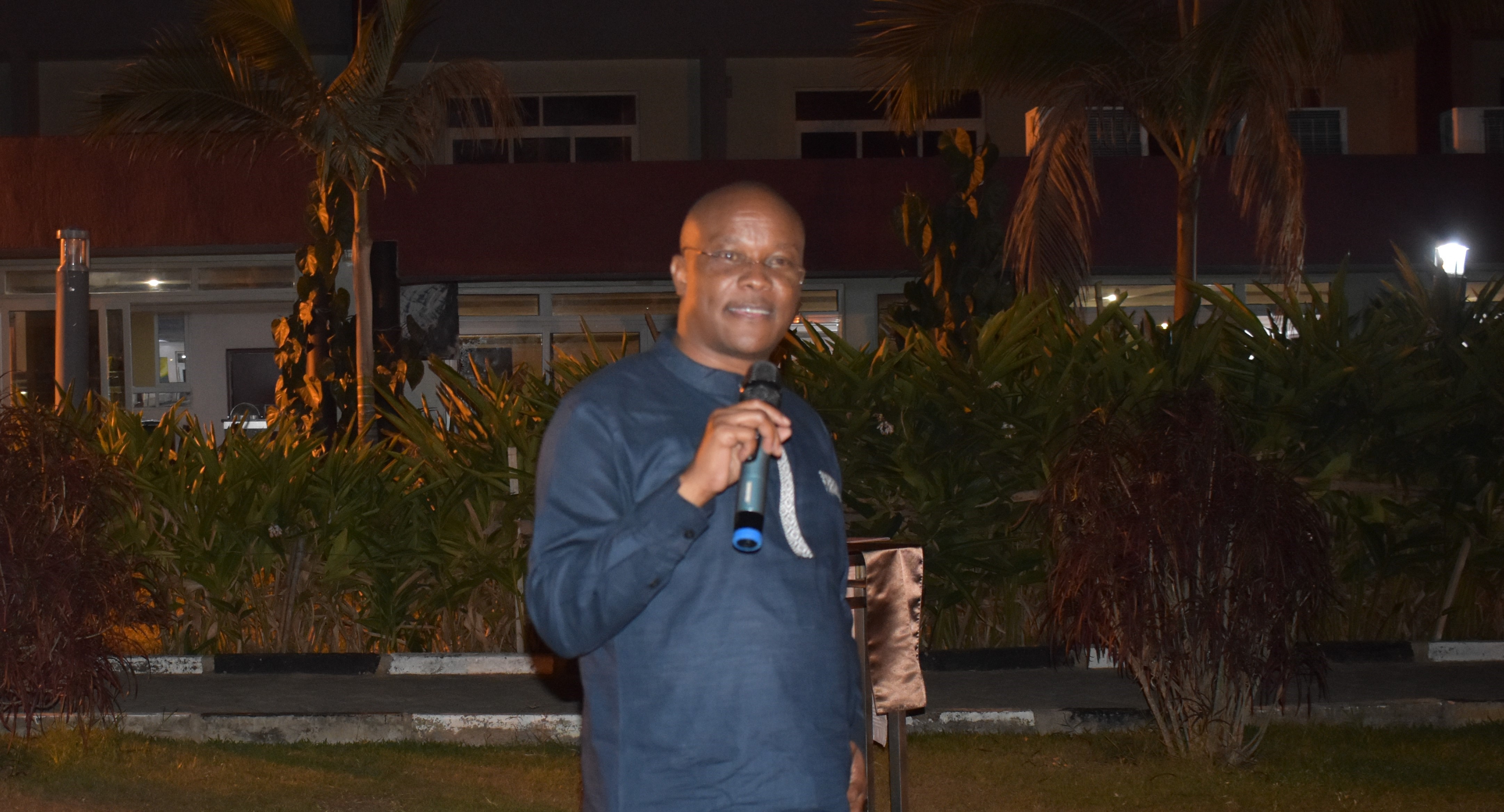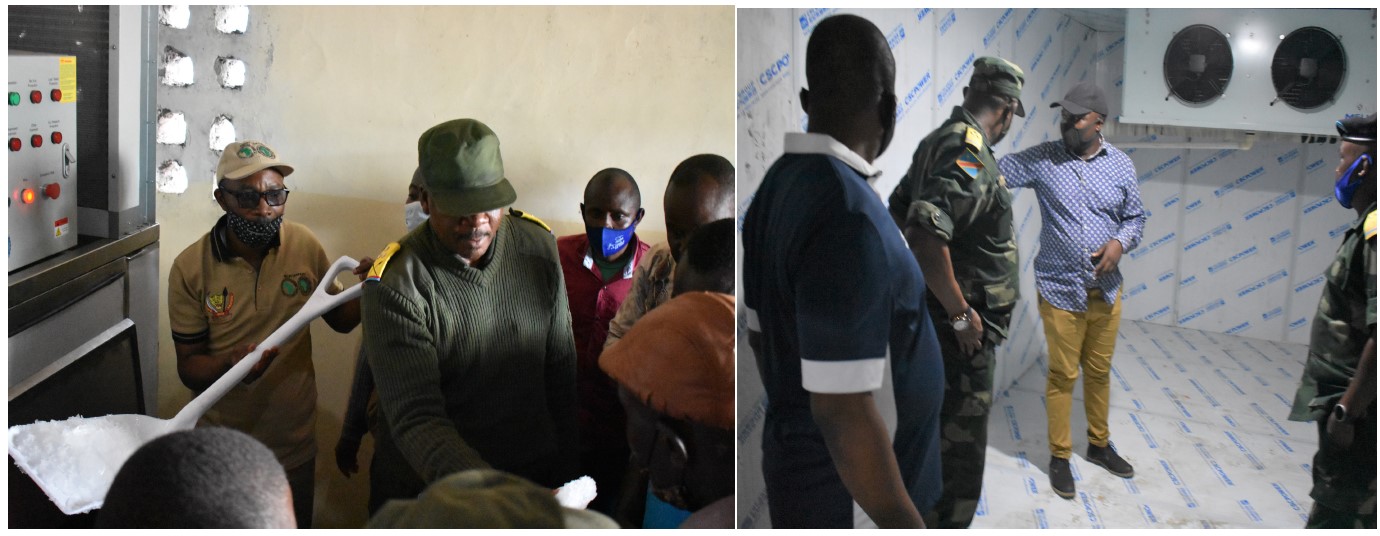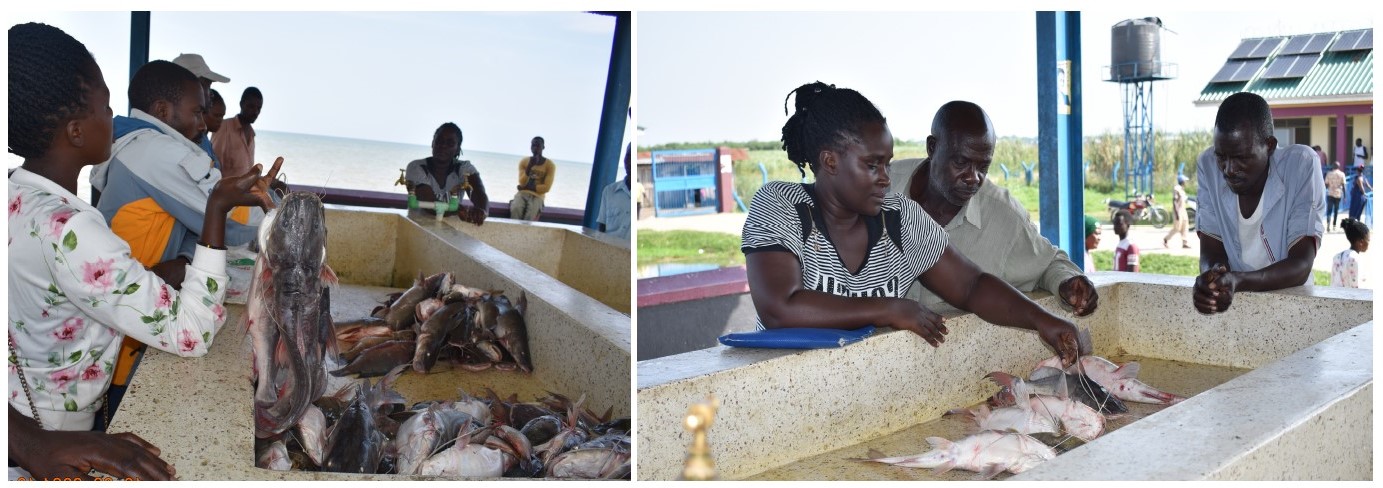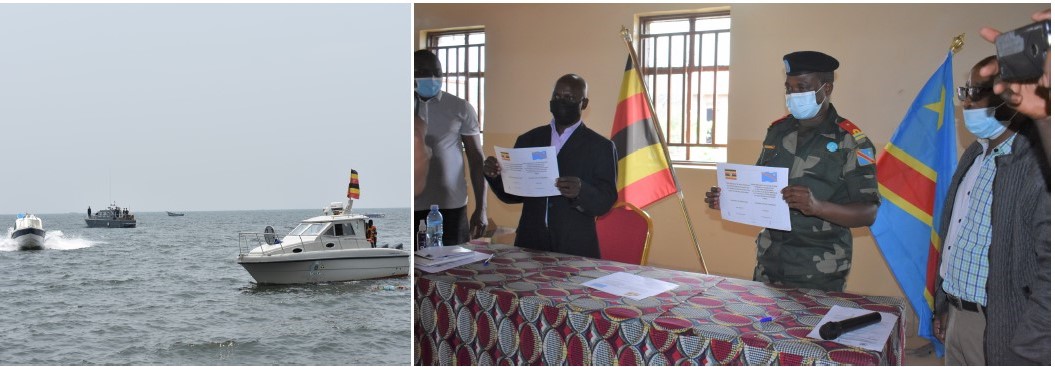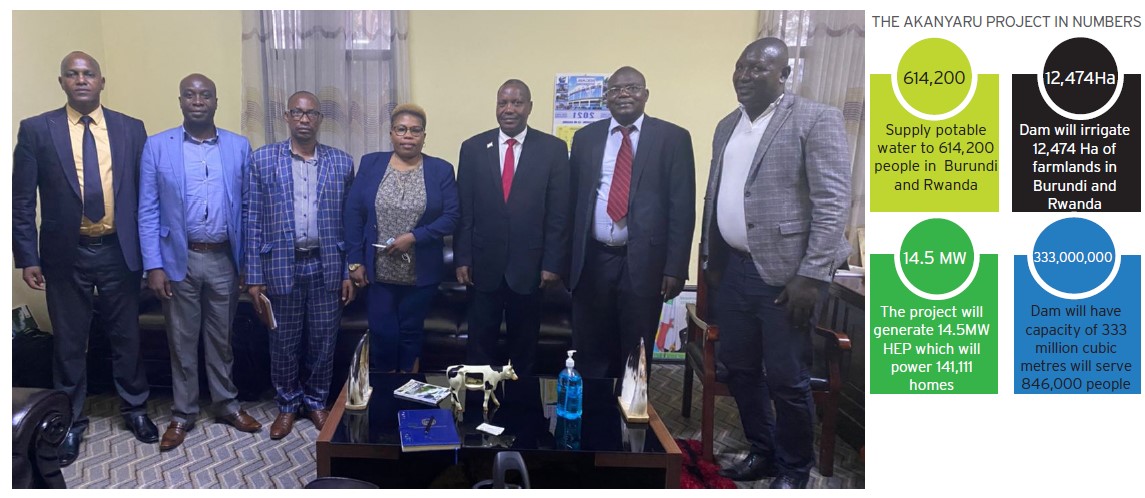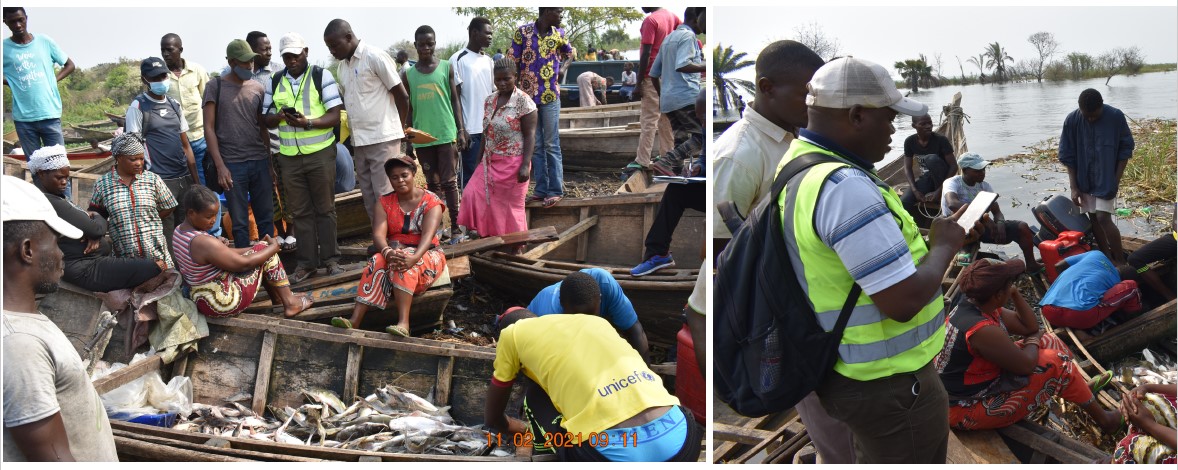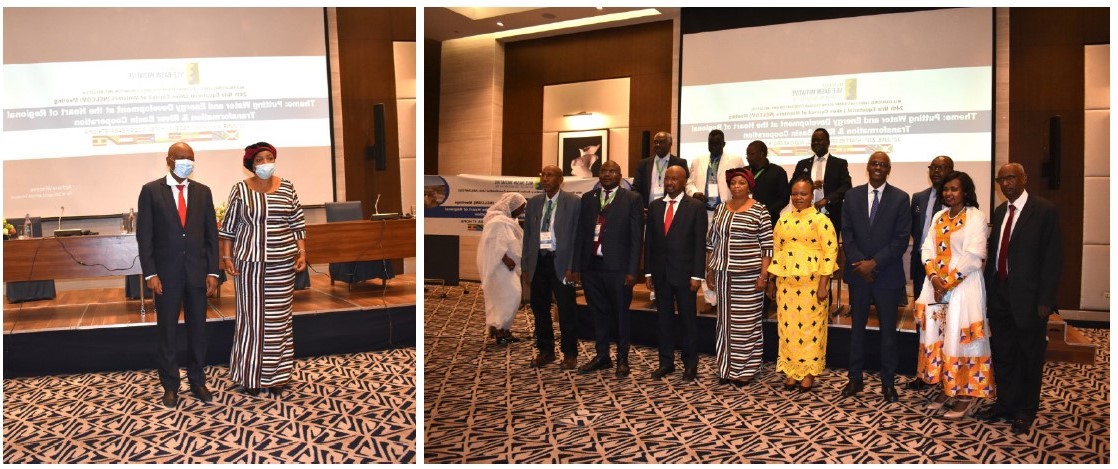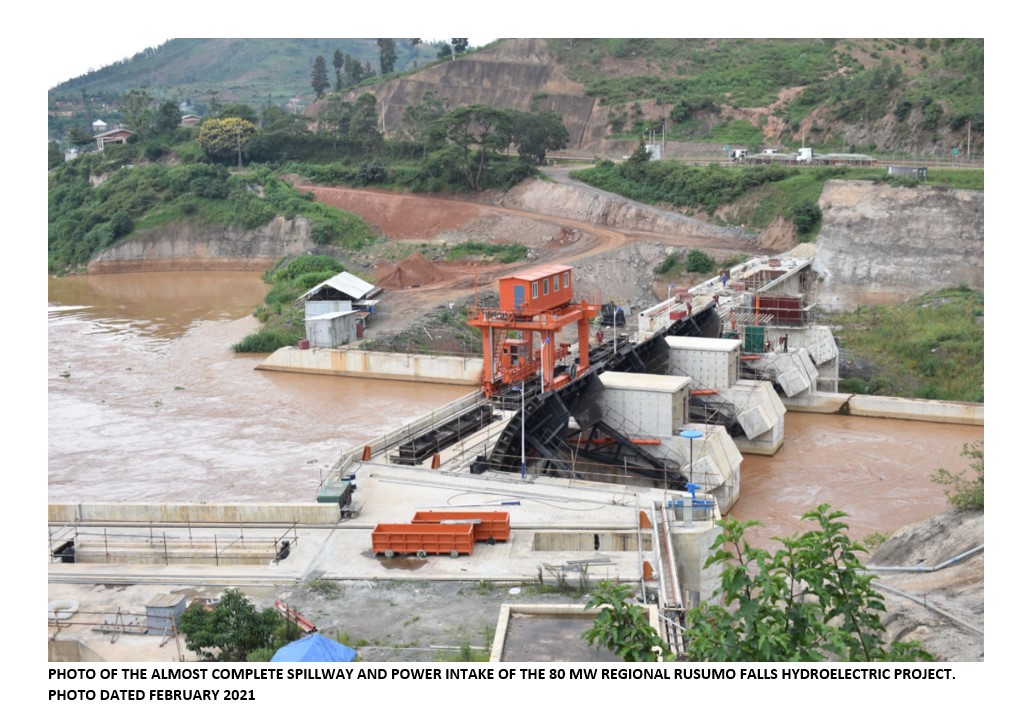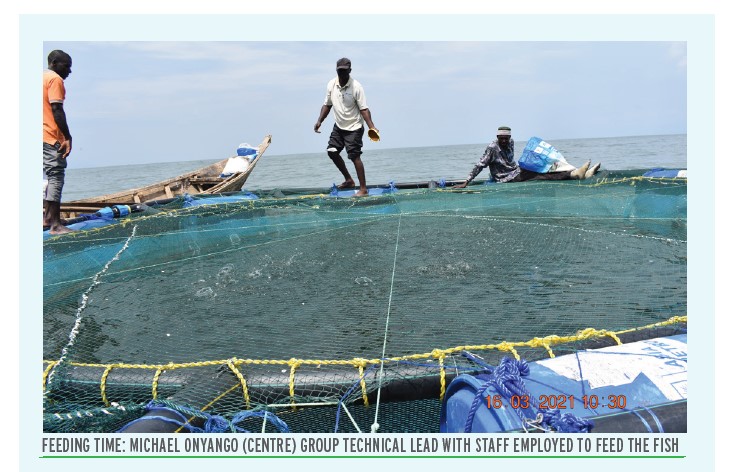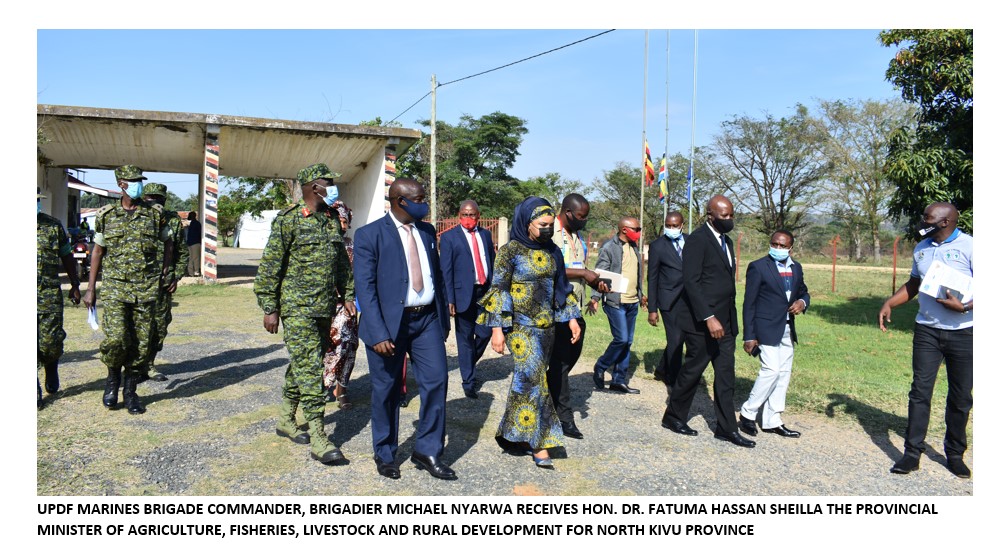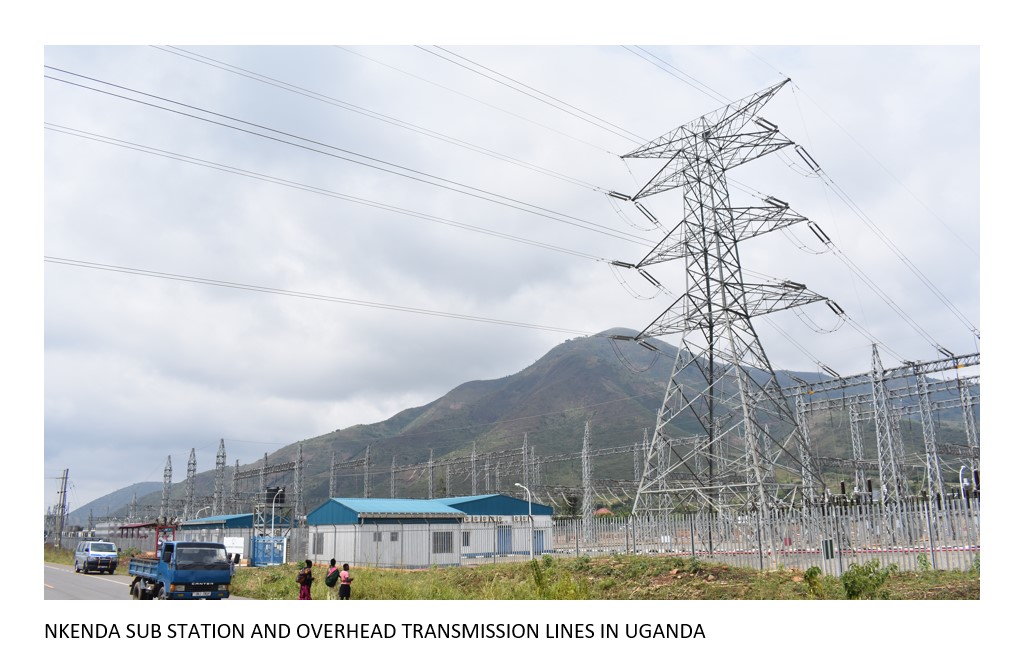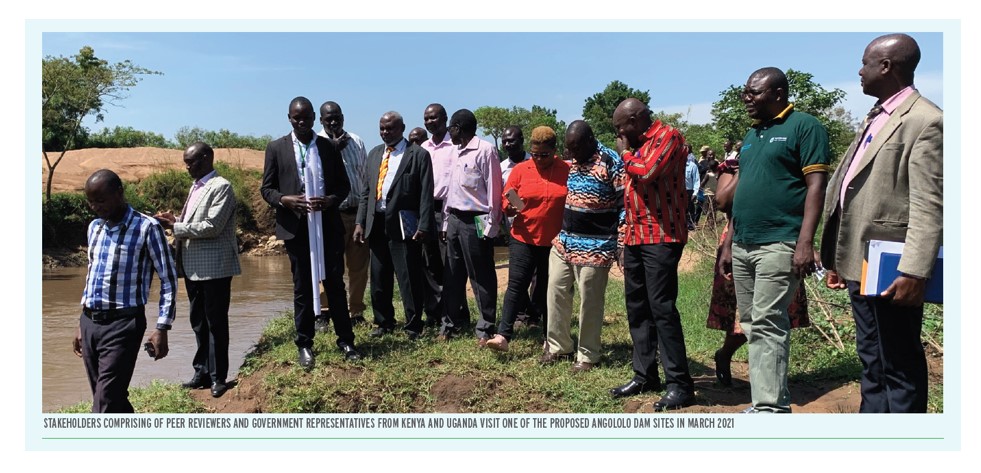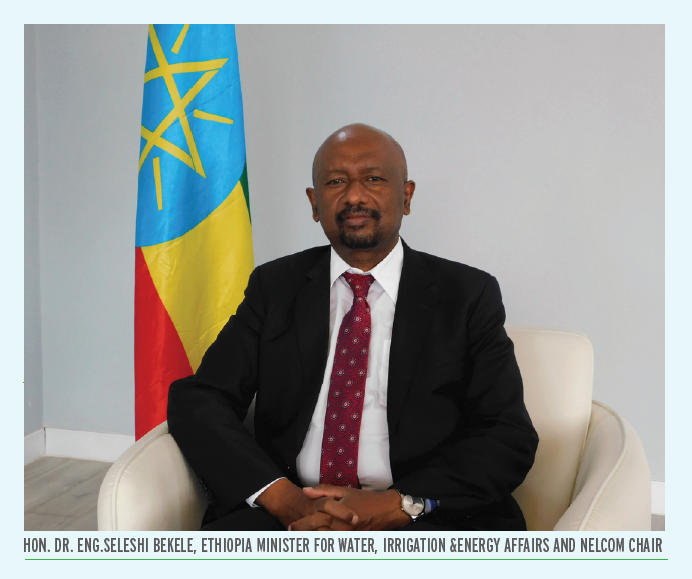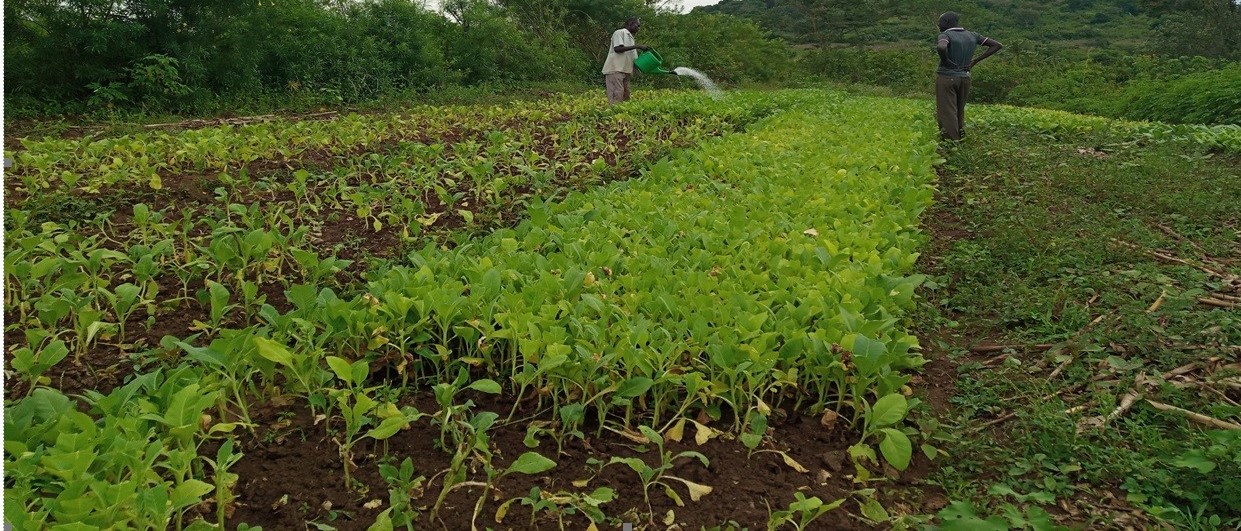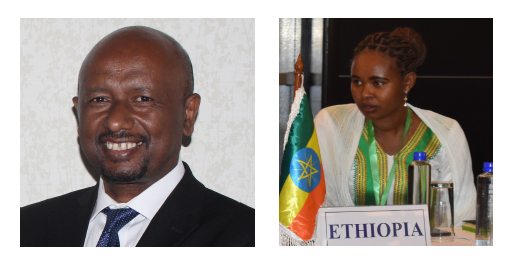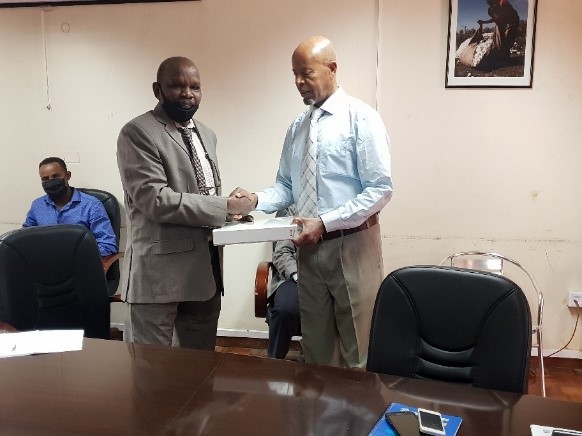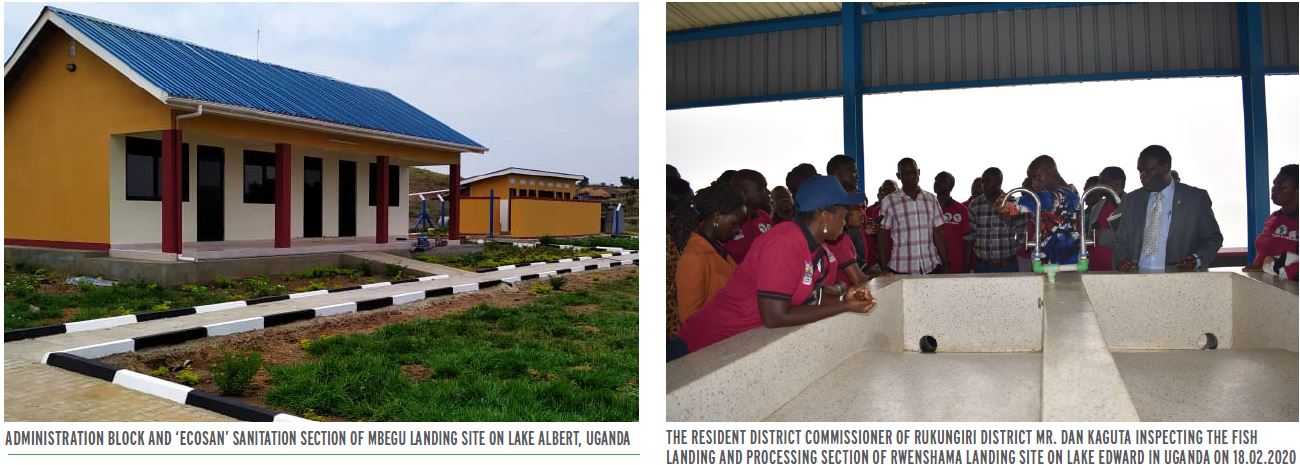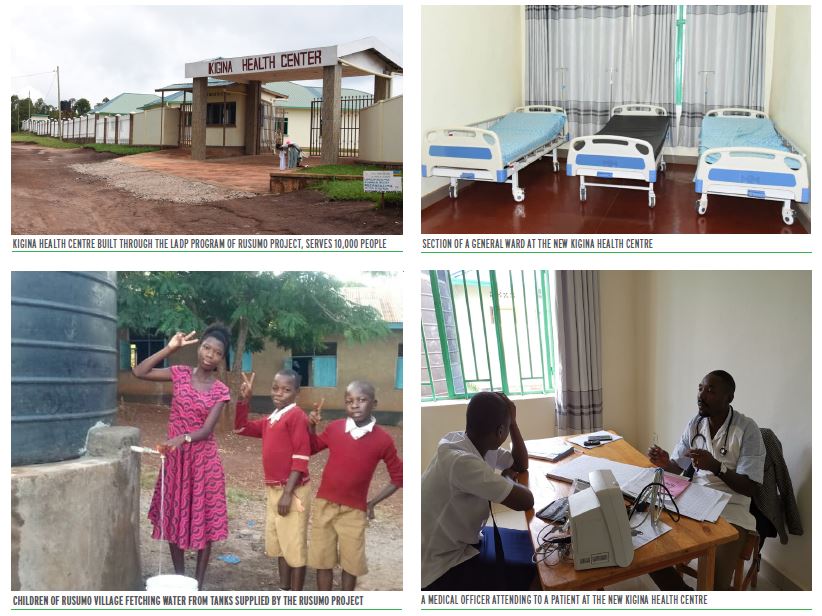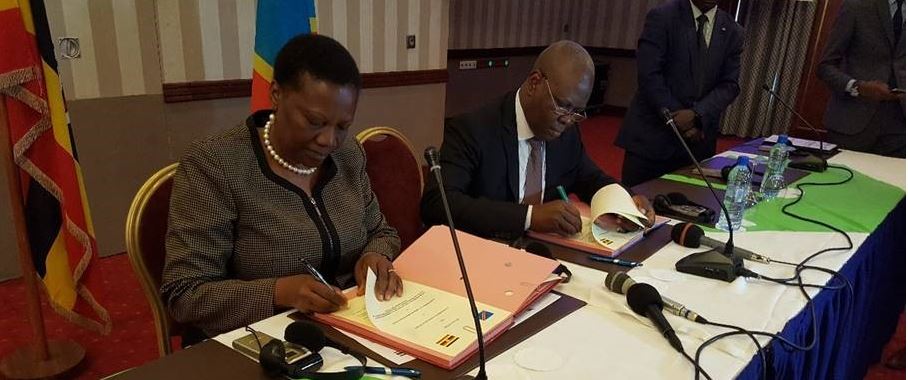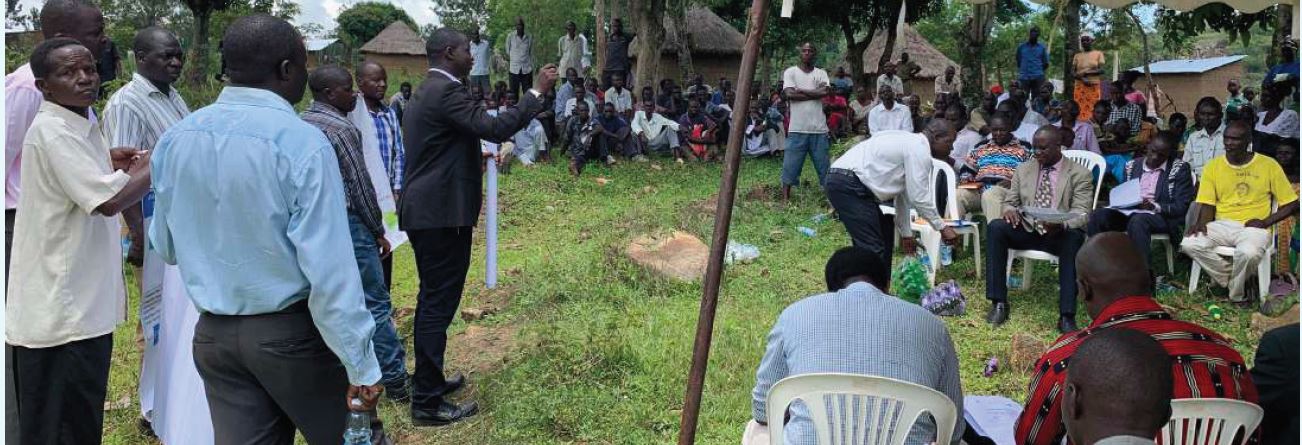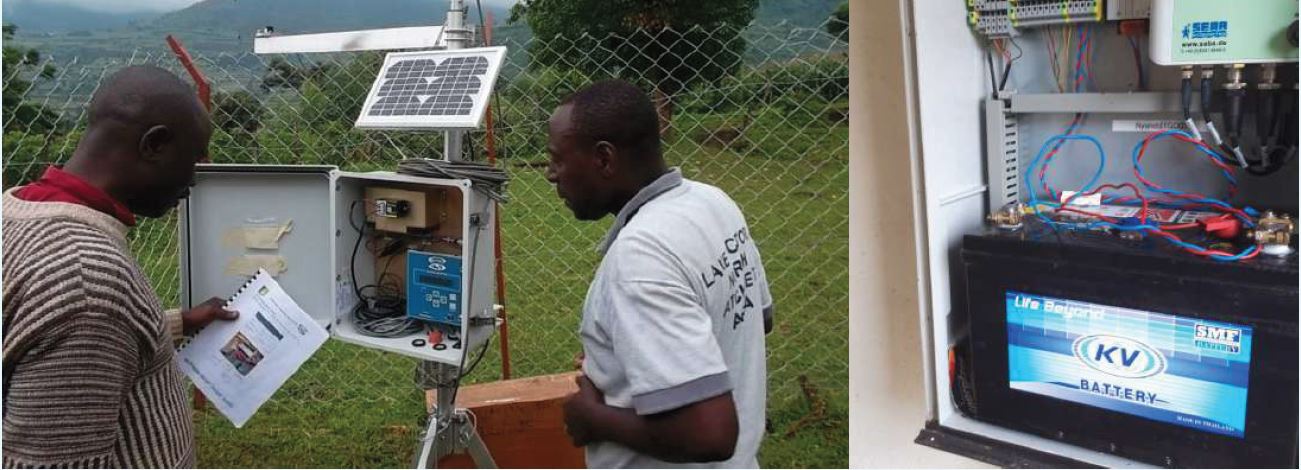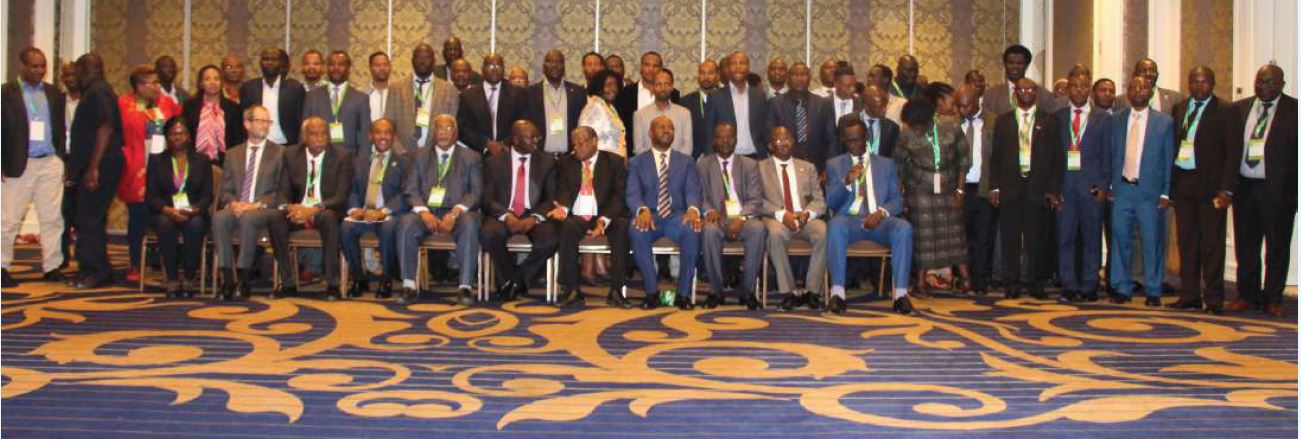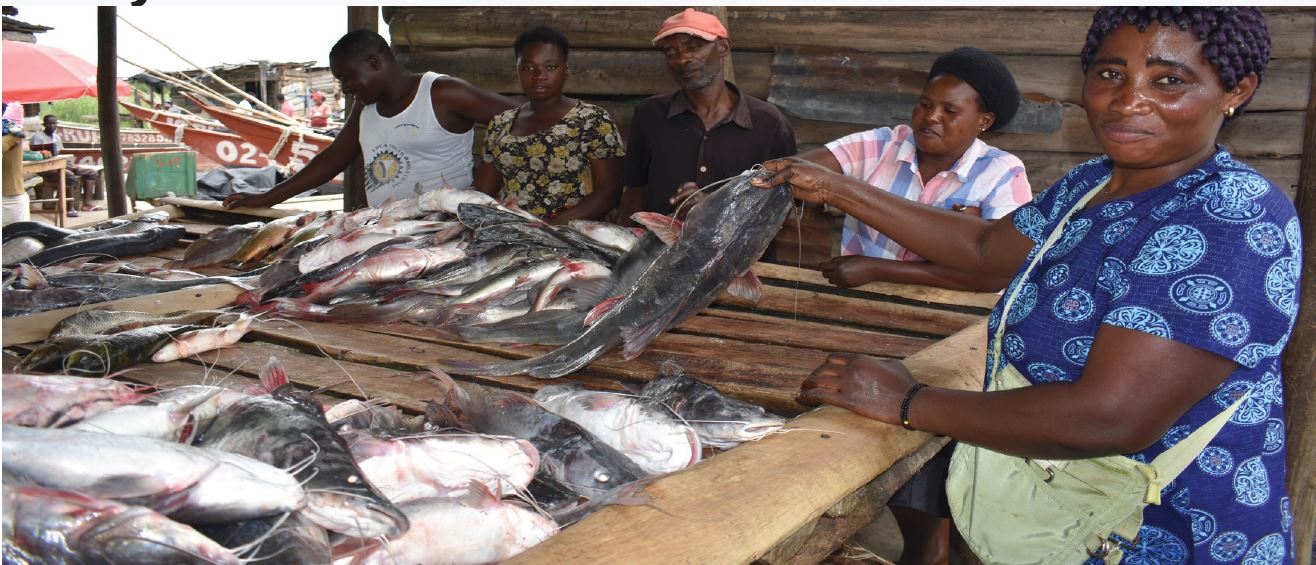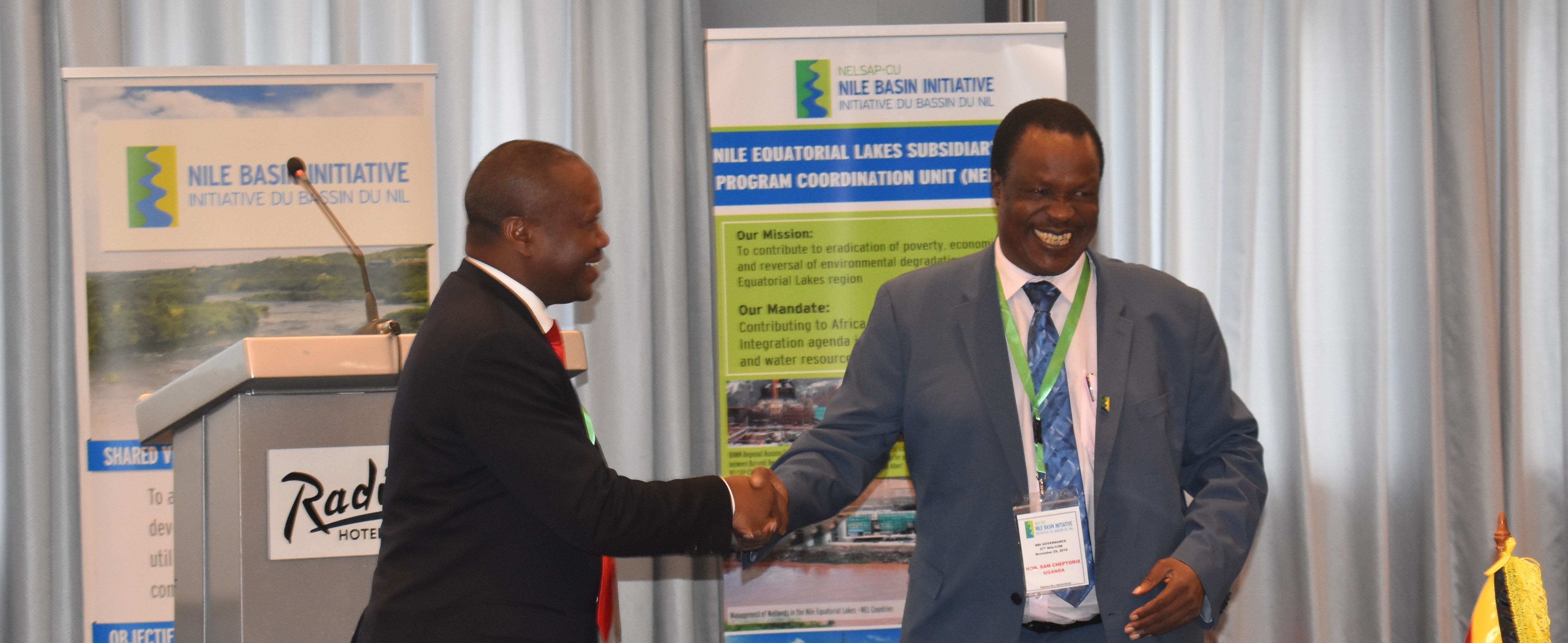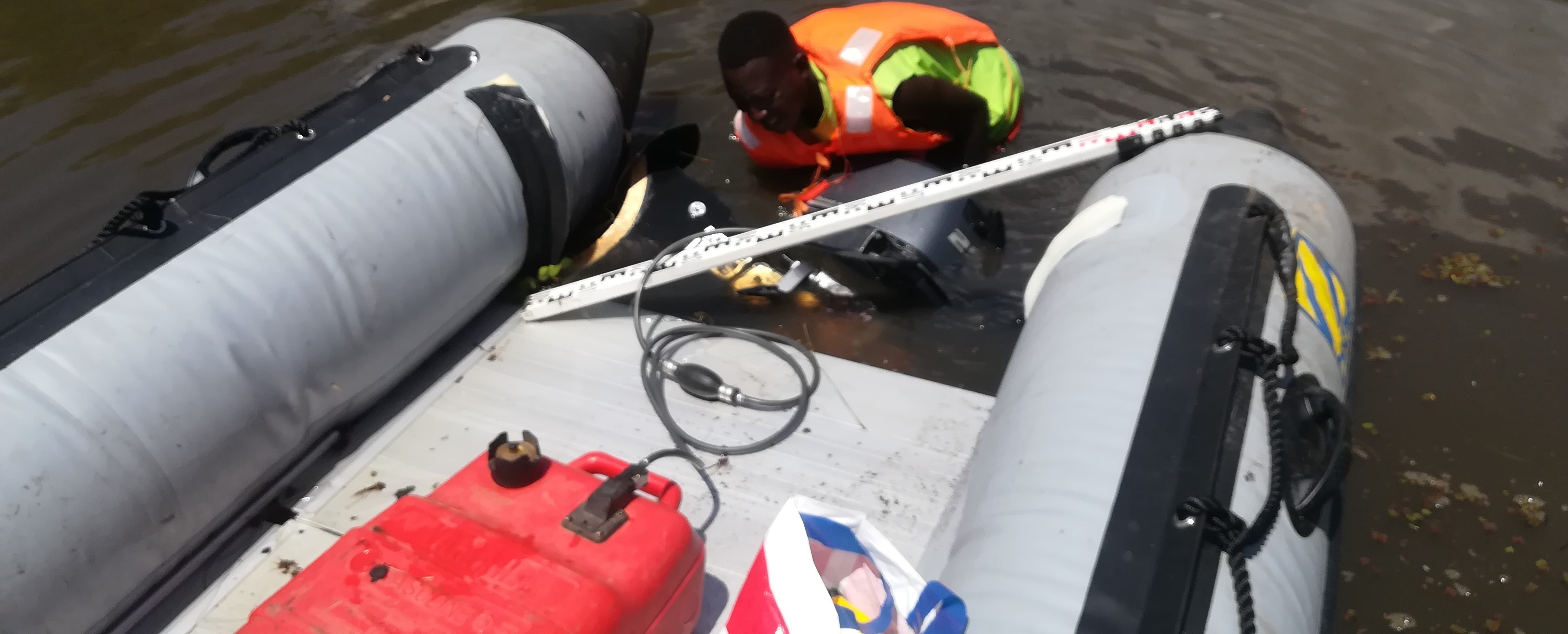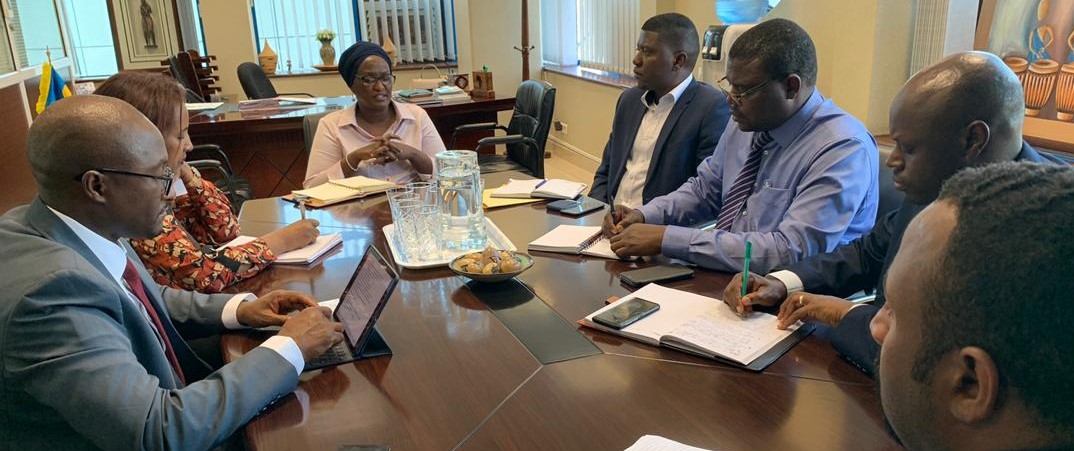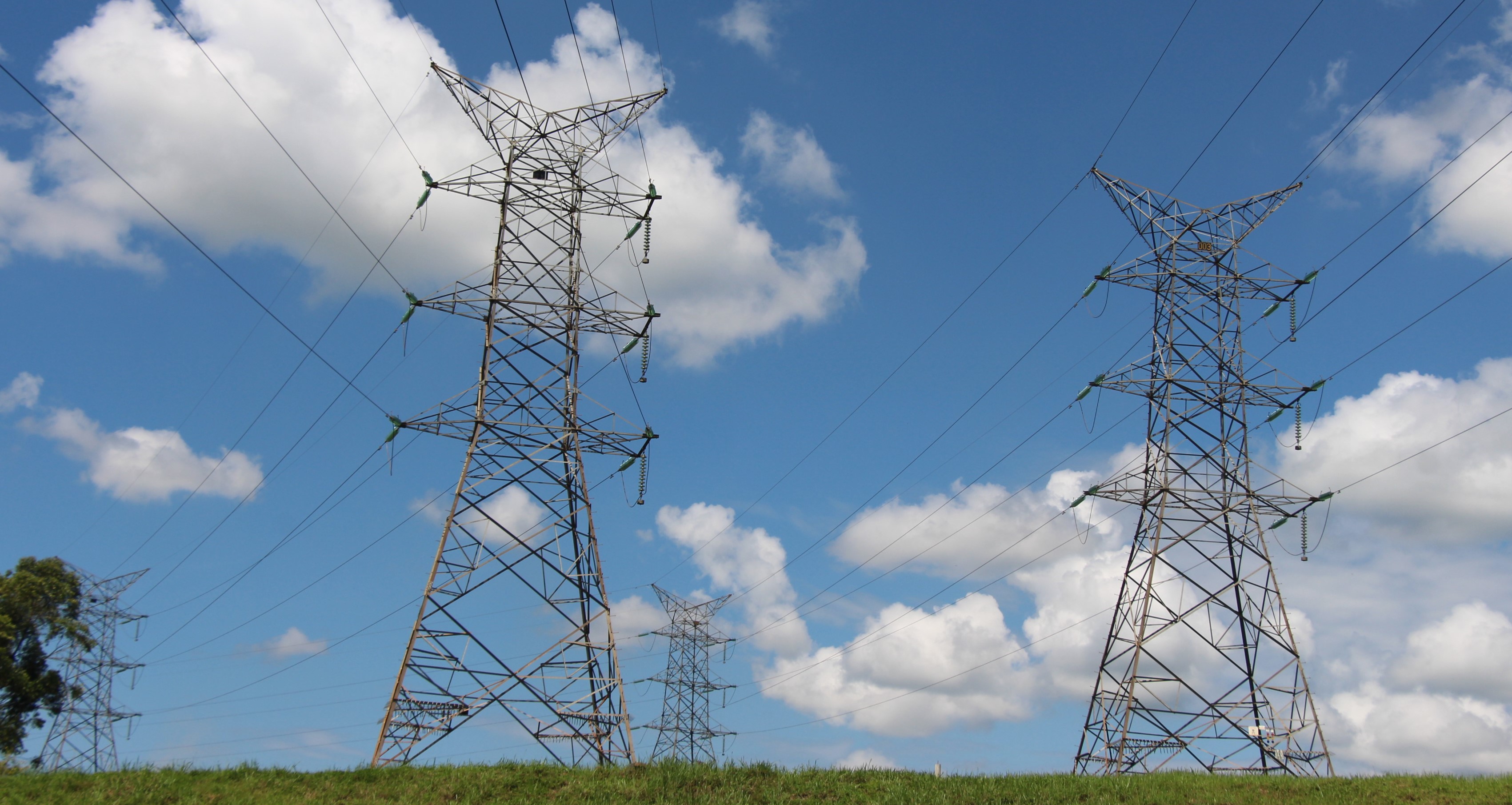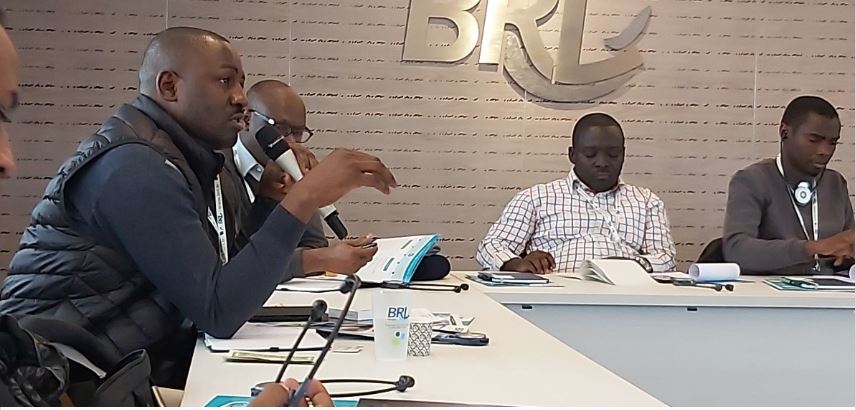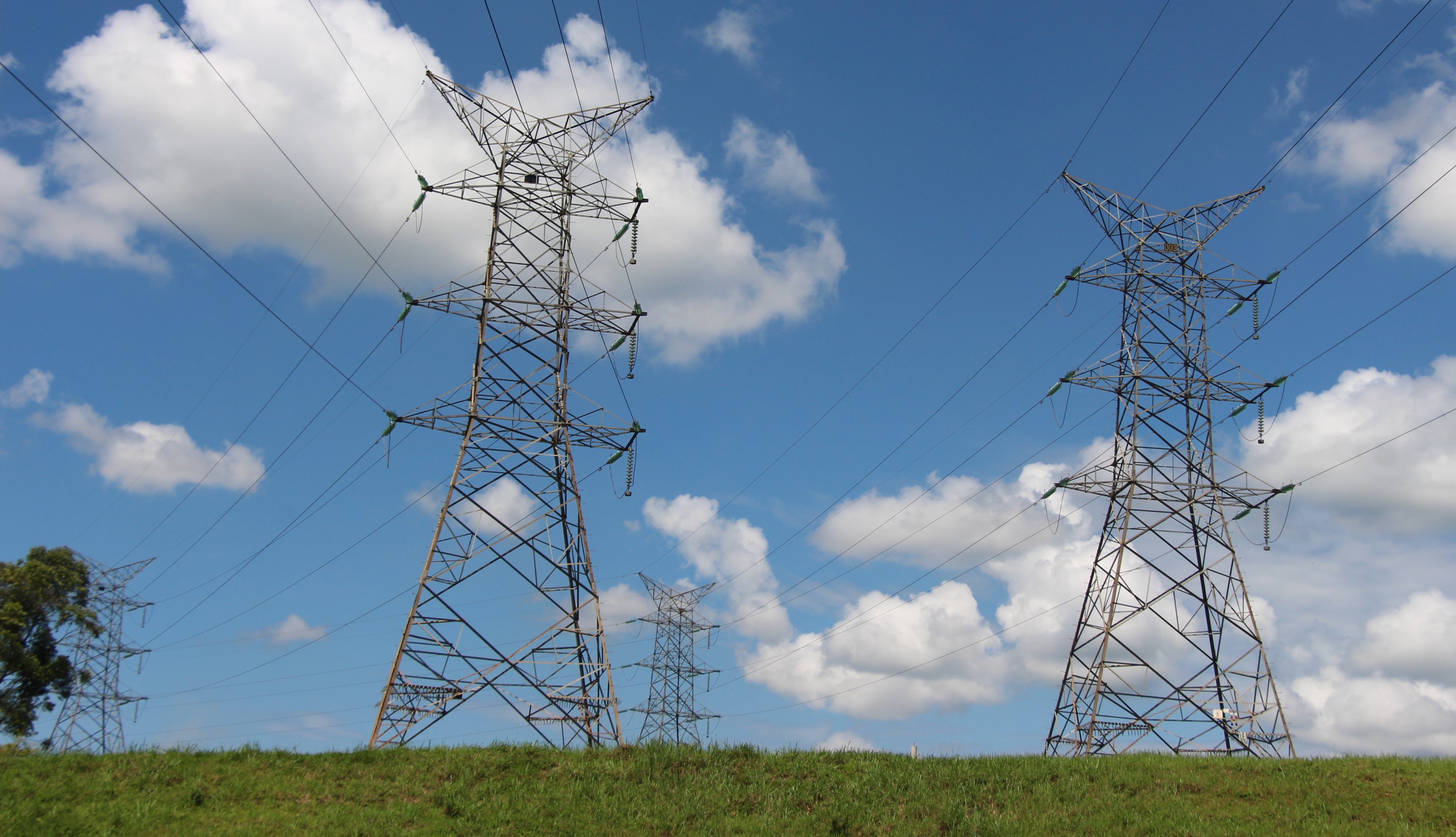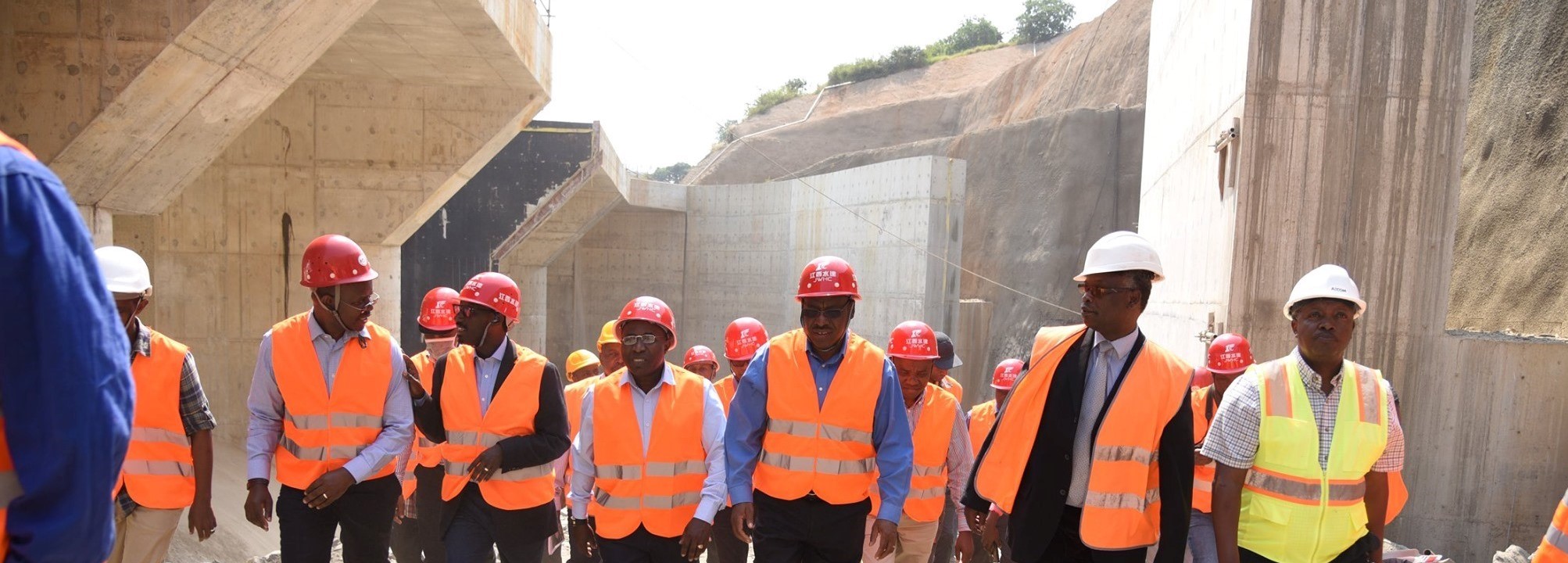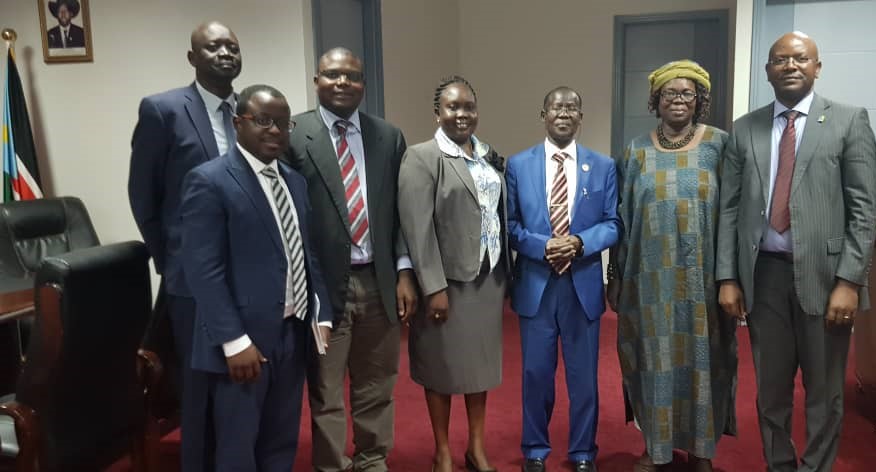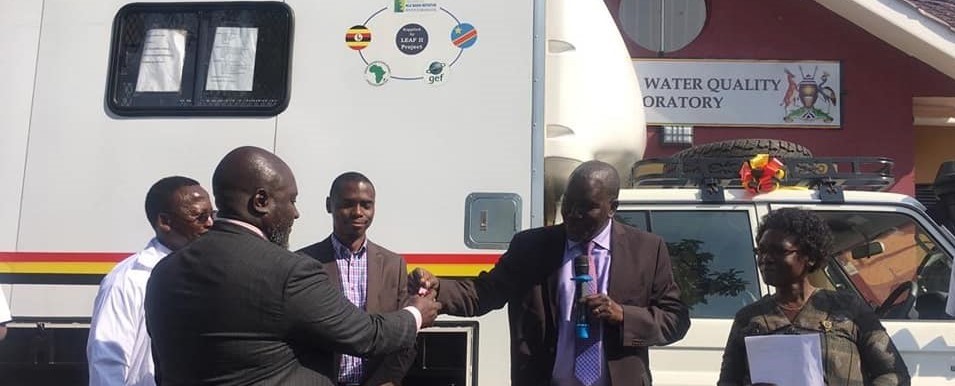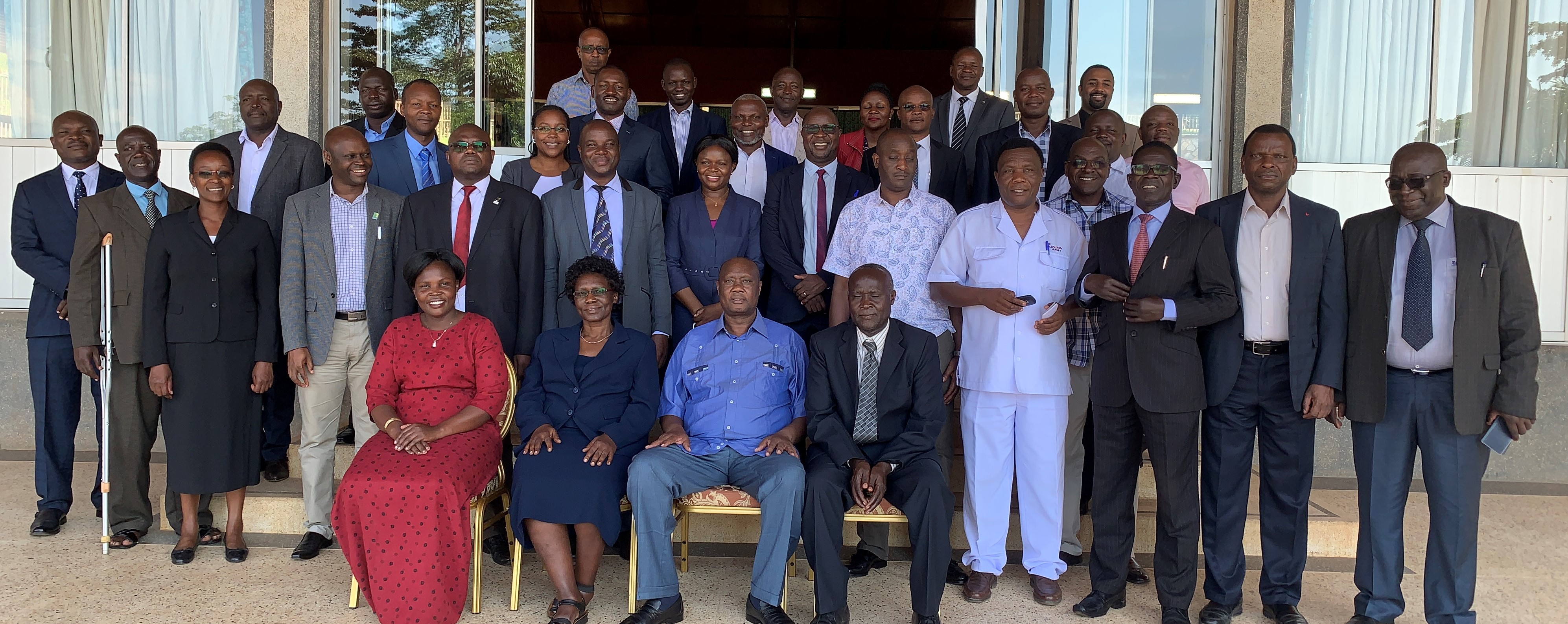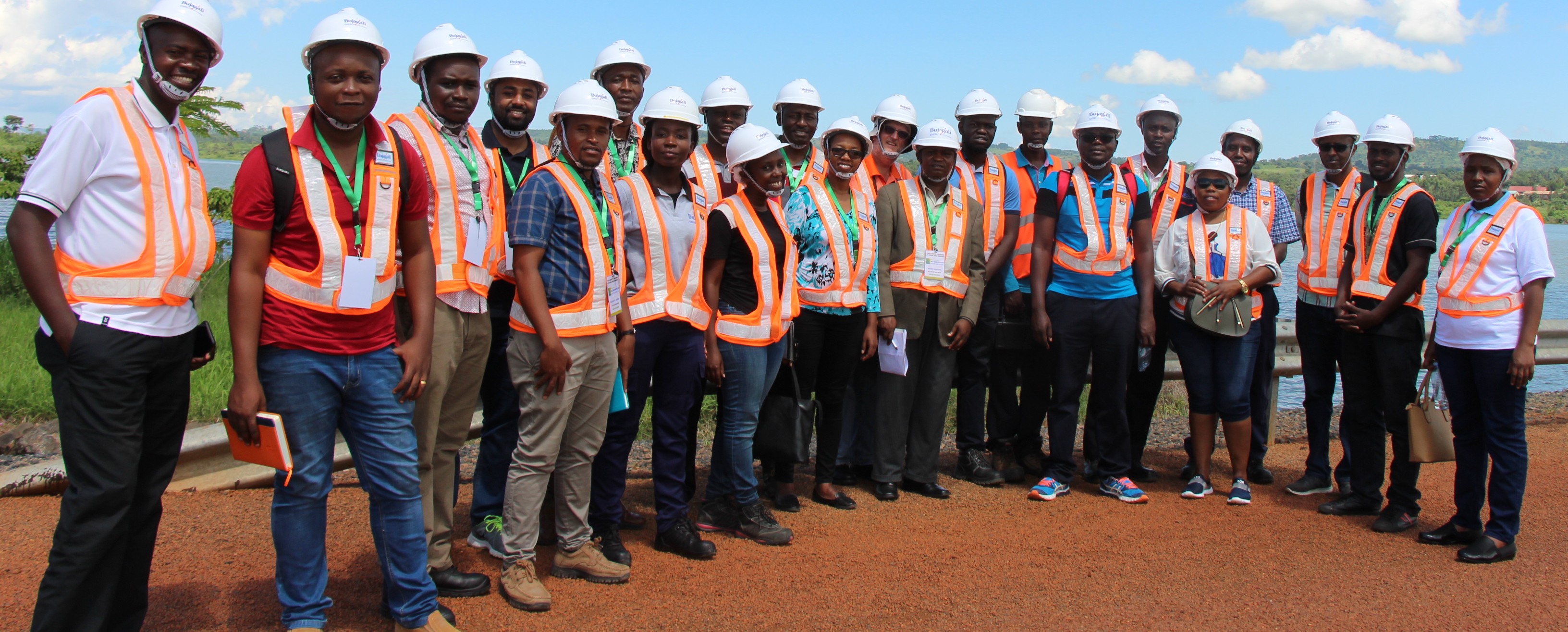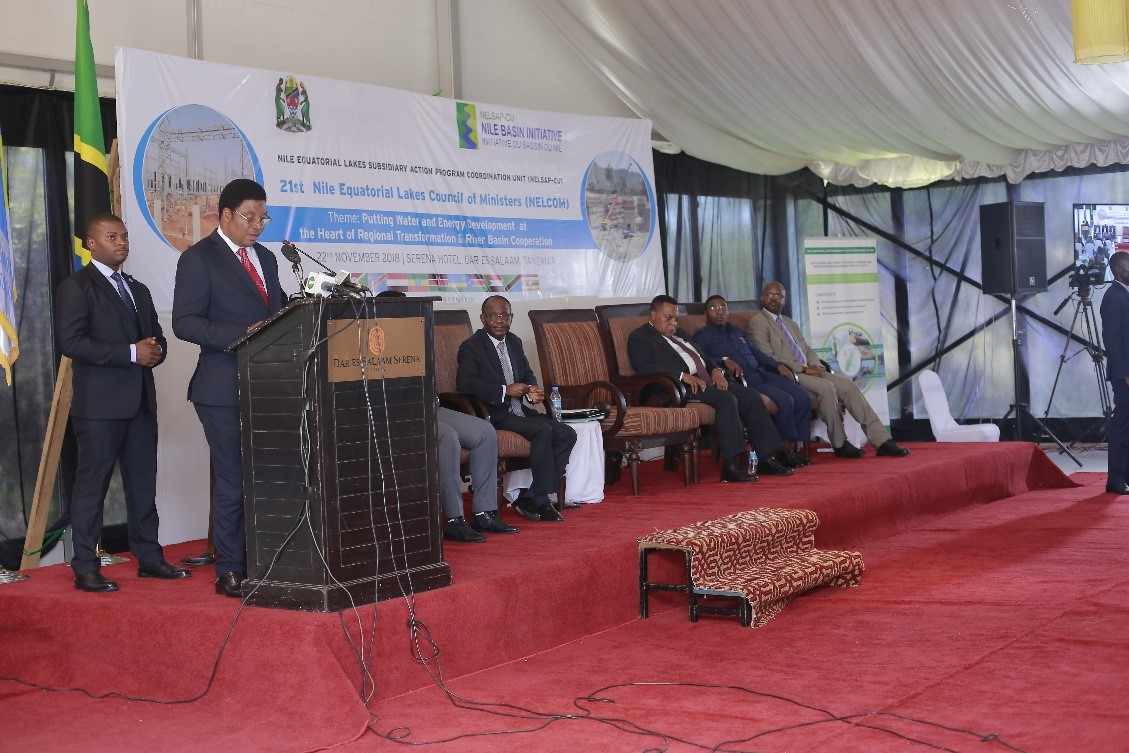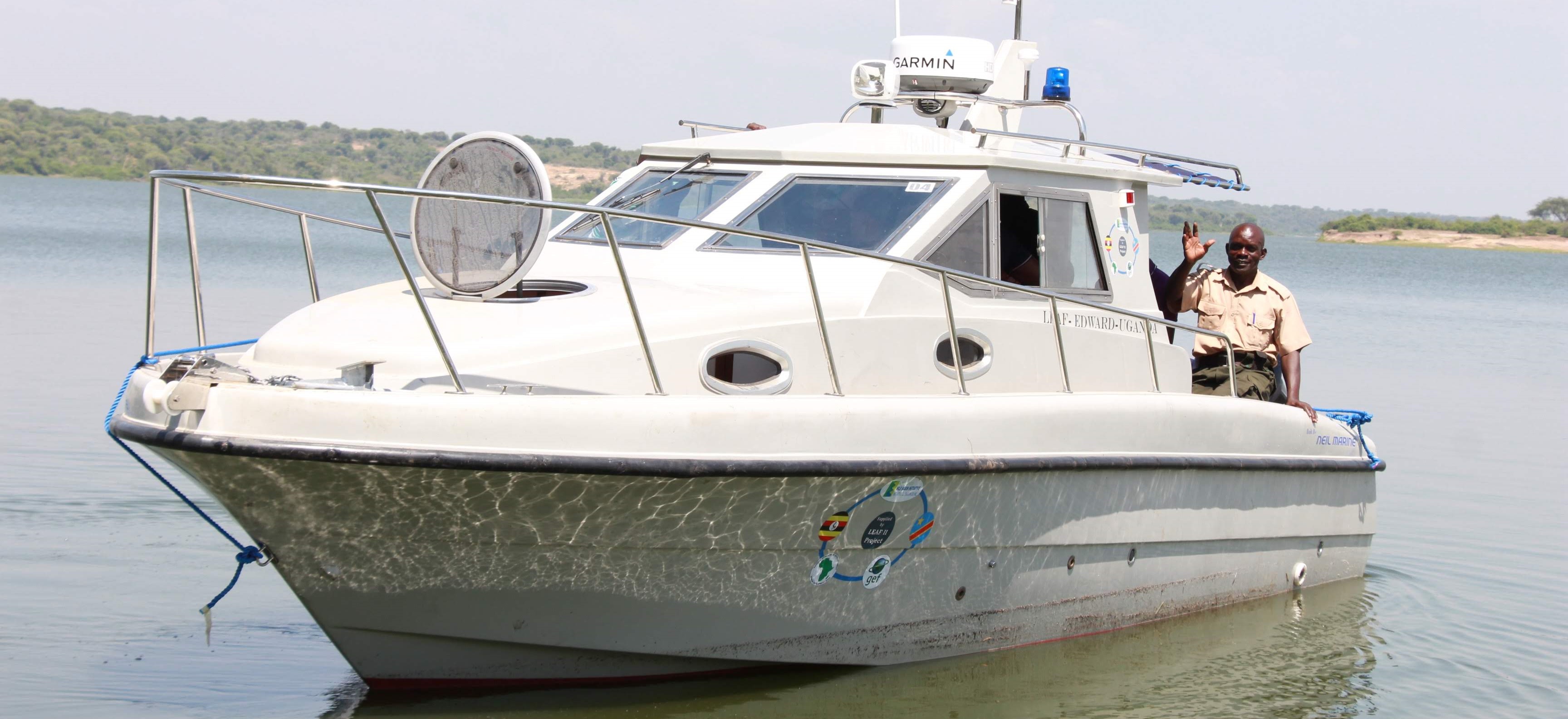Over the past nine months, NELSAP-CU and Deutsche Gesellschaft für Internationale Zusammenarbeit (GIZ) have conducted and completed environmental flow assessment of the Lower Mara river basin of Tanzania. Environmental Flows Assessment is an important water management tool meant to scientifically asses the required optimum level of flow of river at different stages, points and seasons to ensure that downstream water needs for ecosystems including people, for domestic water supply, industrial and hydropower are sustained. The Mara Environmental Flow Assessment was done using the 2015 Nile Basin Initiative’s Guideline on Environmental Flows Framework. The framework was developed to ensure that a standard process is followed for environmental flow assessments in the Nile Basin.
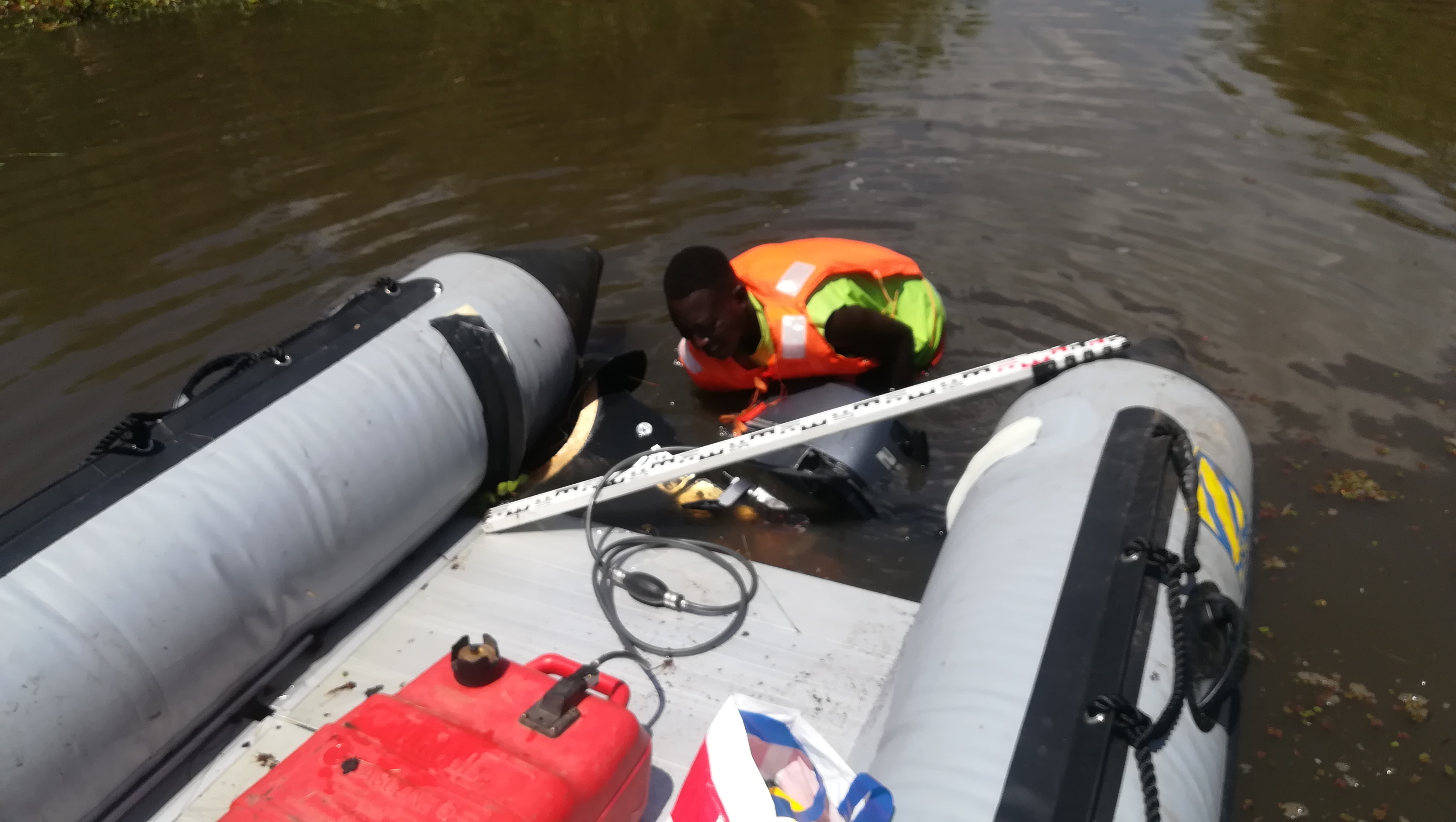
A SECTION OF THE LOWER MARA RIVER IN TANZANIA
“This is the first time this kind of assessment under the framework has been done for a transboundary river basin in Tanzania and findings from it will inform the national water allocation plan for the Lower Mara river basin as well as the process of harmonizing the transboundary water allocation planning between the member states of Kenya and Tanzania, for sustainable and equitable water use,” says Sadiki Lotha, the NELSAP/GIZ Biodiversity Conservation project Officer.
“I would like to thank NELSAP-CU and GIZ as well as implementing partners for developing this e-flow report, and being the first of its kind, it will serve as a pilot for the other river basins in Tanzania,” said Dr. George Lugomela, the Director of Water in the Ministry of Water Tanzania.
“This e-flow report has already contributed to the development of Water Allocation Plan (WAP) guidelines for Tanzania that will soon be approved,” he added. Dr. Lugomela spoke during the validation of the E-flow report workshop on 29th September 2019 in Dar es Salaam, Tanzania.
The Mara River which is shared between Kenya and Tanzania supports well-being of a large wildlife and human population. The Lower Mara river basin has 396,000 people and this population is projected to grow to 700,000 by 2030. To develop sustainably, this population must share the basin’s limited water resources with ecosystems of Serengeti National Park, the Mara Wetland, and the river corridor extending into each of the river’s tributaries as well as the Maasai Mara Game Reserve of Kenya. Environmental flows, are explicitly protected in the NBI member countries’ national water laws, and trans-boundary protections are featured in the treaty of the East African Community and the Nile Basin Sustainability Framework.
Key Findings
The Lower Mara river basin environmental flow assessment results depicts that, in order to meet the basic human water need of 25 liters per person per day, section of the Lower Mara, that is not part of the Serengeti National Reserve, require a river flow of between 0.006 m3/s and 0.030 m3/s for the sub-basins, and a total flow of 0.114 m3/s for the entire Lower Mara river basin during a normal year.
Within the Serengeti National Park, the part of the River before the wetland, also referred to as main stem area, requires a flow of 2.4 to 15 m3/s during a normal year. The wetland sections require a flow of 3 to 12 m3/s while the tributaries, require a flow of 0.1 to 0.8 m3/s during a normal year.
On the upper reaches of the river, the relative percentage of the environmental flow requirements in the tributaries was higher due to their general low flows. This is especially the case in dry months. On the other hand, due to physical and knowledge limitations in the most downstream site in the Mara Wetlands, water depth values of 2.7 to 3.3 meters are recommended.
The Process
To conduct this e-flow assessment, NELSAP-CU and GIZ used the following seven step process. Firstly conducted a basin wide situation assessment and alignment process. Secondly, worked with local partners and stakeholders to do resource quality objective setting. Next, they did a regionalization analysis to determine monthly and annual average discharge, minimum and maximum discharge values, annual and monthly flow duration curves, and maximum daily flow frequency of the river. Fourthly, reviewed existing ecosystem and river classification maps used in Tanzania to determine the classification of the assessment areas (main stem, tributaries, and wetlands). This was followed by analysis of alteration in river flow regimes and assessment of flow-ecological-ecosystem-services linkages to determine the flows required in different “building blocks” of the hydrological year. Finally, an e-flow normal year baseline setting and monitoring was set.
Key Messages to Policy Makers
Compliance Monitoring: Environmental flows should be respected to ensure that aquatic ecosystems and important ecosystem services are protected by the current environmental flow values. Collected monitoring data, should be incorporated into management decision making through clearly defined adaptive management cycles.
Institutional Capacity Building: Alignment of the monitoring activities to institutional capacity (including financial and staff capacity) at three-level system that encompass simple monitoring activities carried out by community groups, more complex monitoring tasks carried out by the Lake Victoria Basin Water Board or other government agencies, and highly detailed monitoring tasks carried out by experts in their fields.
Basin Water Allocation Plan: It is important to incorporate these results into the basin water allocation plan. This plan outlines how available water resources will be divided between the environment, domestic and livelihood needs for people, and for socioeconomic development.
Harmonization: Flow values for the Lower Mara should be harmonized with those of Upper Mara in Kenya through the Kenya-Tanzania MOU on ‘Joint Water Resources Management of the Trans boundary Mara River’ that was signed in 2005. Thus the two countries must renew hydro diplomacy dialogues that may lead to signing of Cooperative Framework Agreement in the future.
Partners Involved in the Assessment
NBI and GIZ provided funding for the field work, guidance, and day to day liaison on the content and process of the Mara e-flow assessment. Field work was conducted by Lake Victoria Basin Water Board (Tanzania) the Water Resources Authority (Kenya), IHE Delft Institute for Water Education (Netherlands) Sokoine University of Agriculture (Tanzania) the University of KwaZulu-Natal and Rhodes University (South Africa) and the University of Eldoret (Kenya) and assisted by the Tanzanian Ministry of Water, the Musoma District Fisheries Department, Serengeti National Park, local government leaders from the wards and villages, members of the water users associations, and community members under the overall technical coordination of NELSAP-CU.

